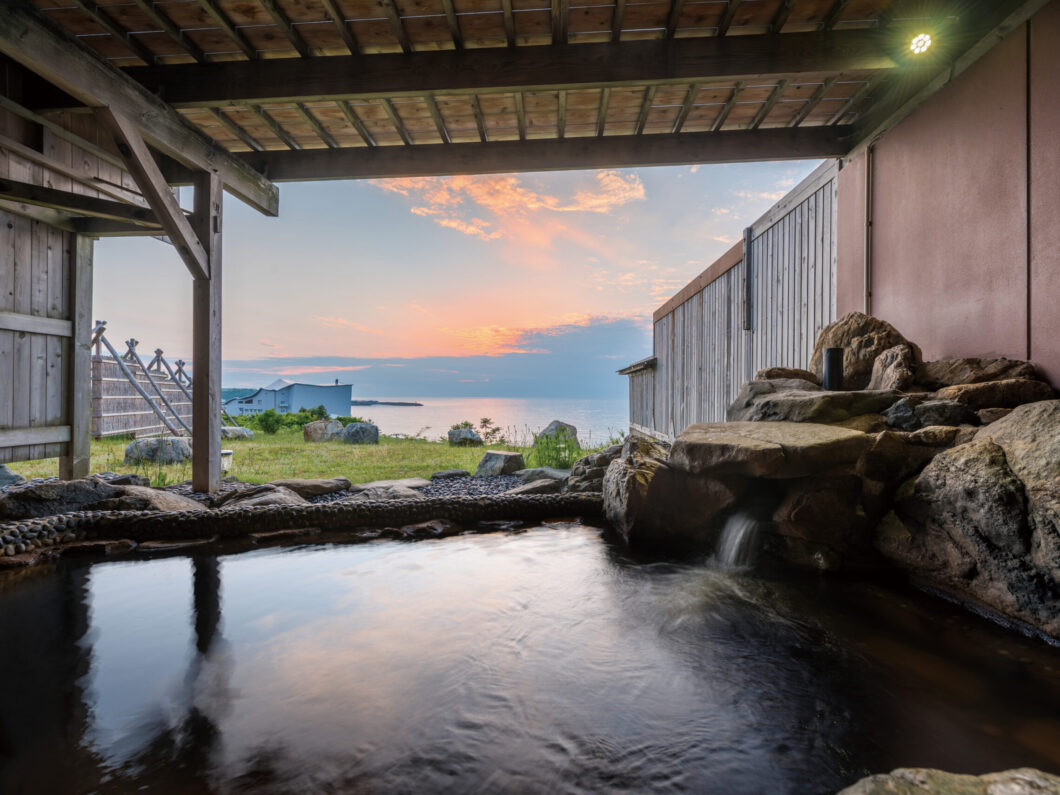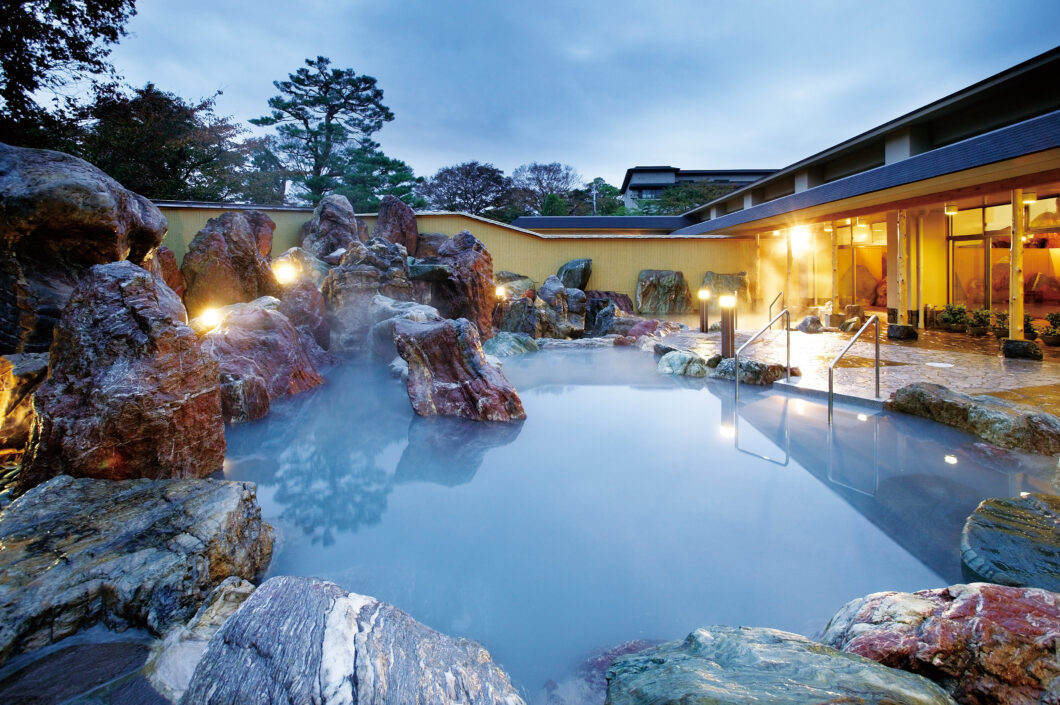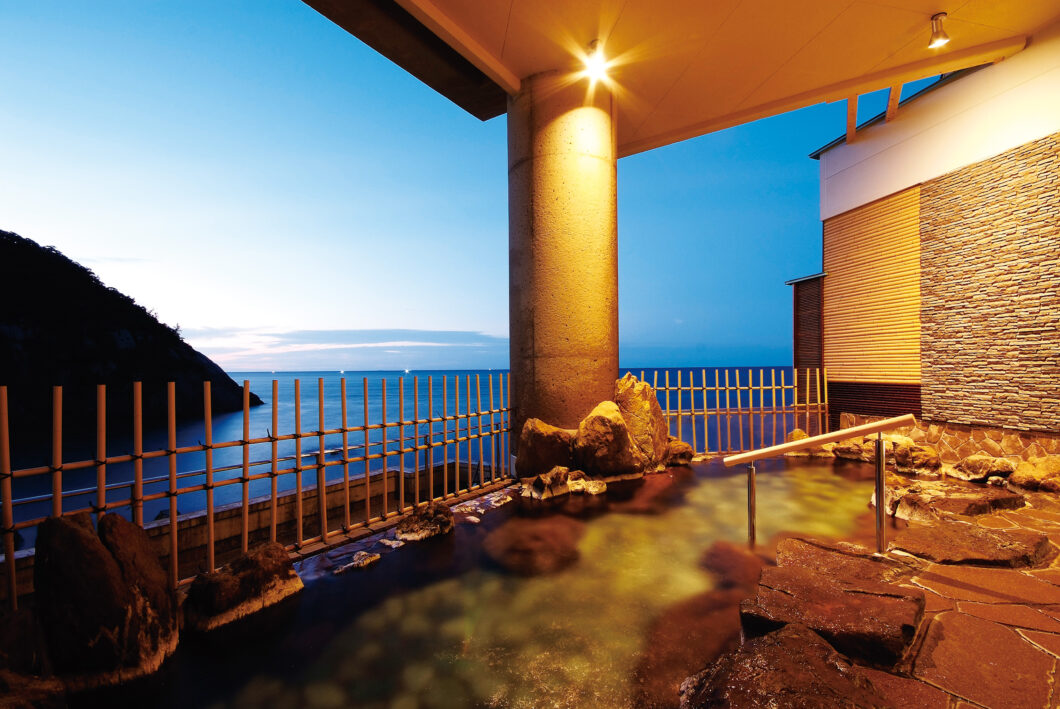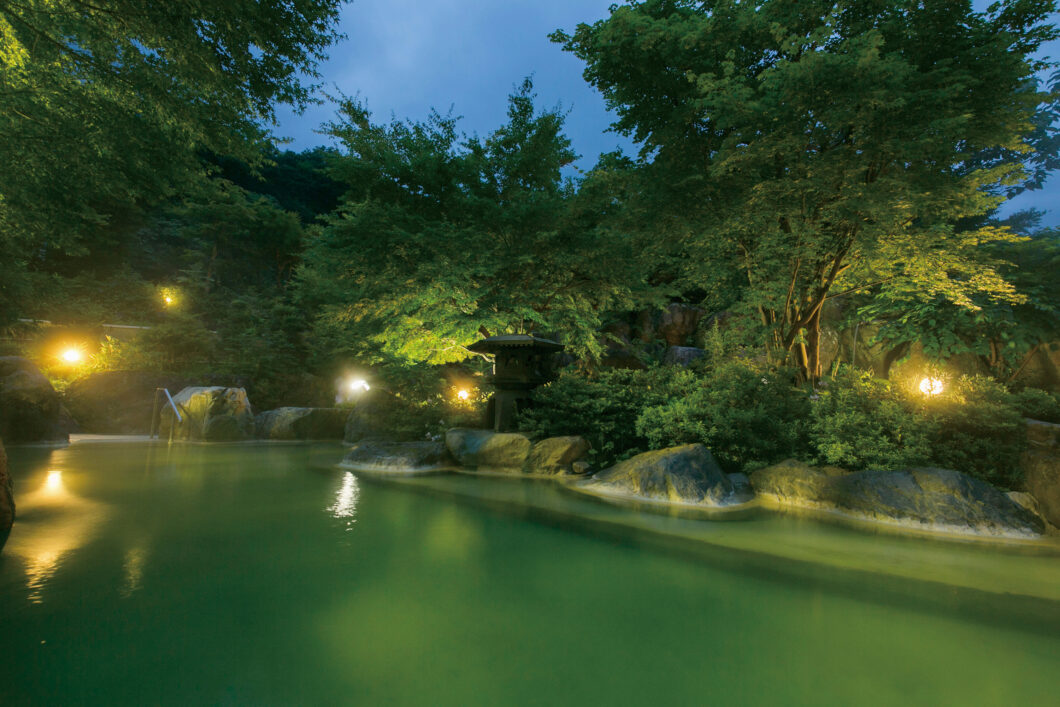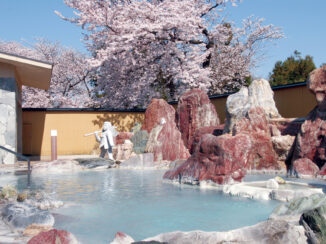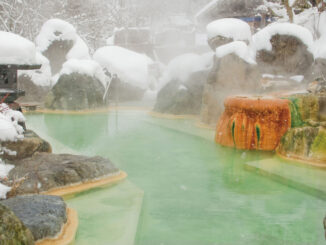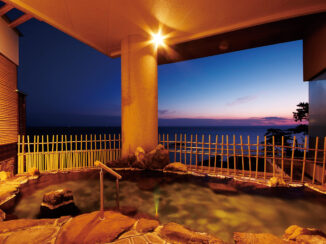Featured
INDEX
In Japan, a volcanic country, most hot springs are of volcanic origin.
Recent research has revealed that hot springs are "circulating water" that occurs when rain or snow seeps into the ground, is heated by high-temperature magma or hot rock, and emerges to the surface again.
Hot springs are broadly divided into "volcanic" and "non-volcanic" types, with non-volcanic hot springs being further divided into "deep groundwater type" and "fossil seawater type." In Japan, a country with many volcanoes, most hot springs are volcanic, heated by high-temperature underground magma.
Arima Onsen, one of Japan's three oldest hot springs, is known worldwide as a rare non-volcanic hot spring. When the Philippine Sea Plate sinks under the land plate near the ocean floor, it takes seawater with it. When it sinks 60 km underground, it is heated by the mantle and becomes a hot spring, which bubbles up toward the surface. Arima is the place where this happens.
You can enjoy volcanic hot springs at the Hotel Grand Mer Sankaiso in Ajigasawa Onsen, Aomori Prefecture. Ajigasawa Onsen is located in the volcanic belt of Mt. Iwaki. The inn's hot springs are a blessing of seawater that was trapped underground long ago and has matured over 300,000 years. The hot springs, which contain fossil seawater, have a high salt concentration, are excellent at retaining heat and moisturizing, and do not cool down easily, making them popular as a natural thalassotherapy (marine therapy).
A lodging where "fossil seawater" is a "treasure" and the foot of Mt. Yakedake
Some five-star inns have unique hot springs that you can only experience if you go there.
For example, the hot spring at Kintaro Onsen Kofukaku , a single inn in Uozu, Toyama Prefecture, is a rare hot spring in Japan that combines salt and sulfur springs. The hot spring contains an abundance of chlorides from seawater, such as sodium and calcium, and hydrogen sulfide derived from sulfates dissolved in the strata. When you enter the premises, the smell of sulfur fills the air, and when you soak in the free-flowing water from the source, the salt warms your body to the core.
Kintarou Onsen is made up of fossil seawater contained in the Iwaine Formation and its upper sedimentary strata, which make up about 68% of all hot springs in Toyama Prefecture, and is transformed into hot spring water by geothermal heat and erupts. It is a hot spring where you can feel the heartbeat of the earth.
You can also enjoy hot springs containing similar fossil seawater at Hotel Kinparo Kinparo, a single inn in Hiwayama Onsen , Hyogo Prefecture. Hiyoriyama Coast, below the hotel, is a rocky beach made up of lava and pyroclastic flow deposits created by volcanic activity during and after the formation of the Sea of Japan, and on the western part of the coast stands a large rhyolite cliff. This is a scenic spot unique to the San'in Coast Geopark. The blessing from the earth is fossil seawater that springs from a 20,000-year-old stratum. The high concentration of sodium in the water gives the hot springs a long-lasting sensation once the body has warmed up, which is why it is also known as "hot water."
One volcanic hot spring worth mentioning is Oku-Hida Onsenkyo, whose heat source is the still active Yakedake volcano. High-temperature hot springs gush out from every hot spring area. At Okuhida Garden Hotel Yakedake , located at the foot of Yakedake, in the innermost part of Shin Hirayu Onsen, you can enjoy the only super-deep water hot spring in Japan, which gushes out from a layer of stratum that rose from an uplift of the ocean floor about 360 million years ago. It is also the only hotel in Oku-Hida Onsenkyo where the sulfurous components in the hot spring turn a beautiful emerald green when exposed to air. The source of the spring has been named "Uguisu no Yu" by the hotel. Immersing yourself in the water will be a new experience.

